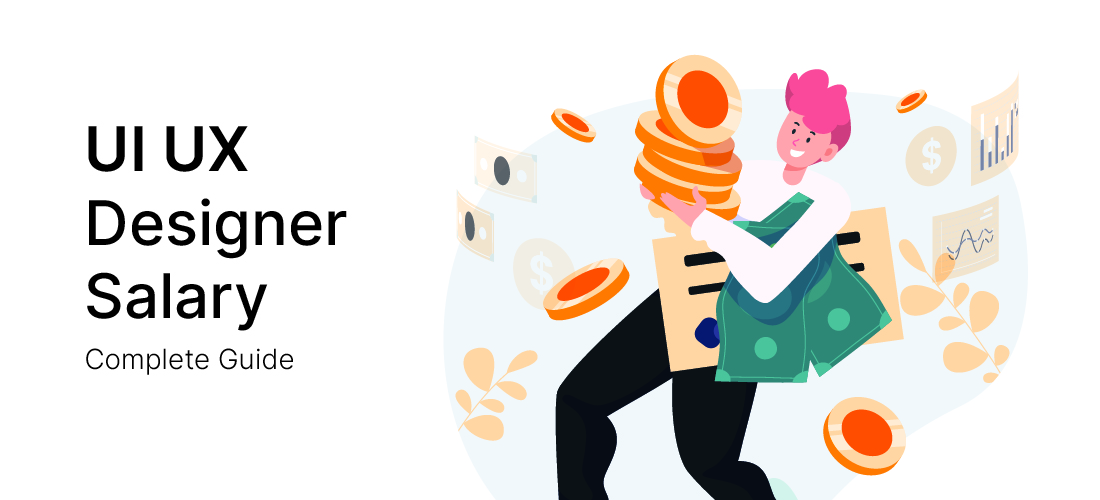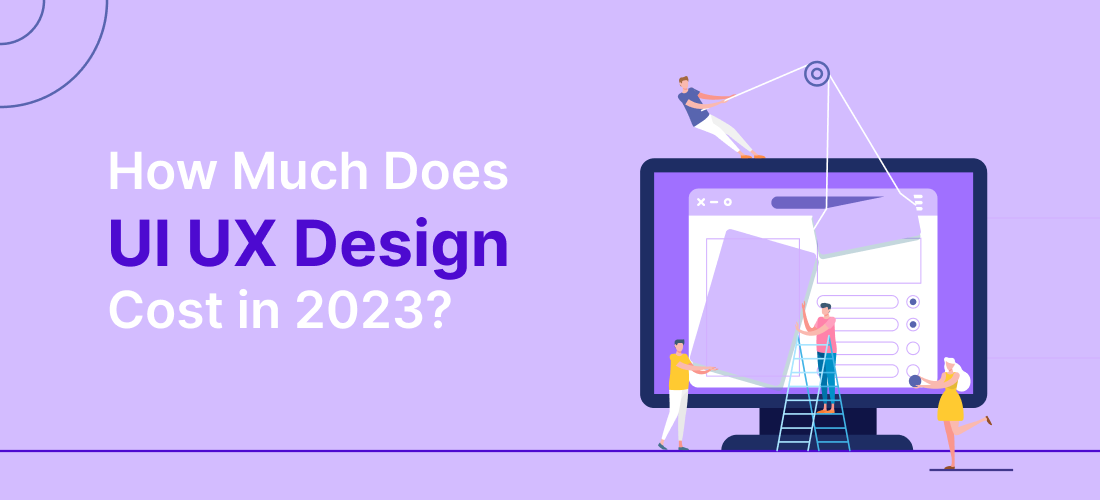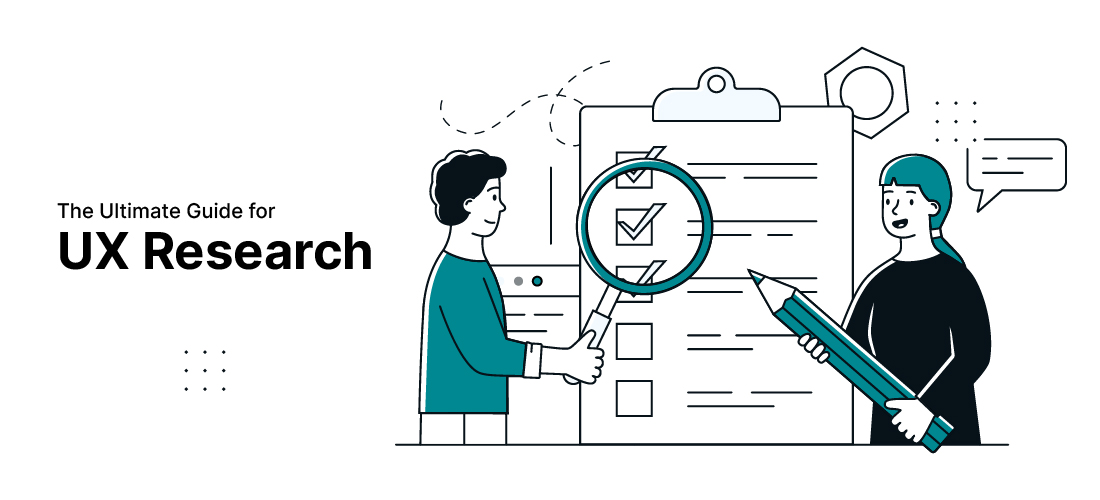To get a deeper understanding of Human Experience Design and the evolution of UI UX design services, let’s start this article with a small game. Ready?
Okay, here we go!
What is the first thing that comes to your mind when you hear ‘Food ordering’?
- Zomato
- Swiggy
What is the first thing that comes to your mind when you hear ‘Cab service’?
- Uber
- Ola
What is the first thing that comes to your mind when you hear ‘Messaging’?
What is the first thing that comes to your mind when you hear ‘Picture sharing’?
- Snapchat
What is the first thing that comes to your mind when you hear ‘Best Mobile Operating System’?
- iOS
- Android
Spoiler Alert! There are no wrong answers here.
If you chose any of the 2 options, we have established that you’re a millennial or someone from Gen Z whose life revolves around apps and technology.
When you carry out a survey on finding common characteristics in the daily lives of human beings, you will come across some things that most of us do on a regular basis. These can be:
- Enjoying a moment of peace with ourselves after waking up.
- Getting the latest updates via digital products
- Finishing up our daily chores and sitting to work
- Watching content on OTT while eating or in our spare time
- And, scrolling through reels on Instagram till we sleep
But, even on our busiest of days, we do manage to find time to stay connected with people digitally or IRL. This generation is highly dependent on the experience world, and hence, UI UX design services and Human Experience designs are here to stay!
So, here’s what we will cover in this article:
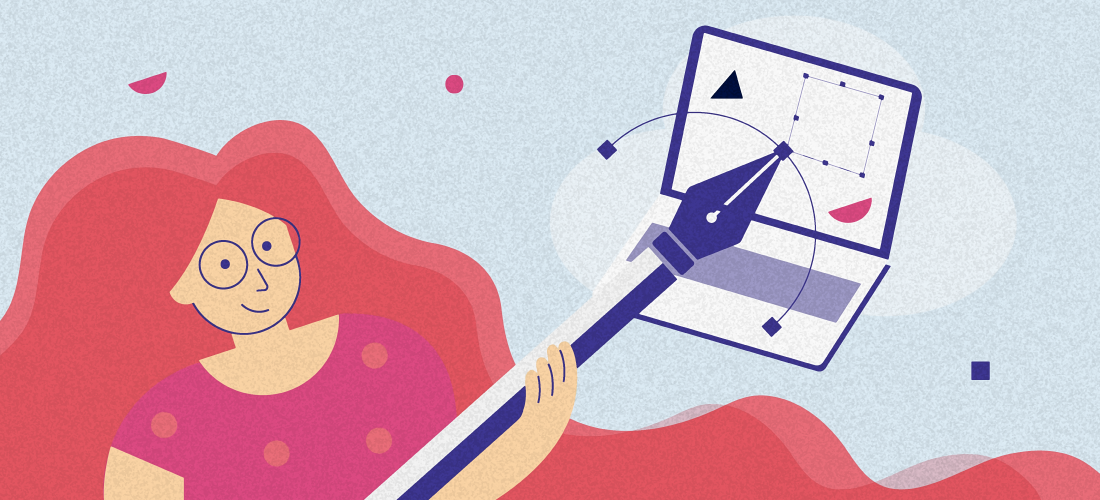
What is Design in the Digital Era?
Graphic media has been a constructor of social imagination for some time now. Images and designs is a powerful way to make a point and put your thoughts across in a structured yet creative manner.
In the 1990’s when the digital revolution was on a roll, graphic design became a medium to visually communicate your thoughts to a large group of people. That’s when the concept of branding came along. Many businesses wanted to have their own identity to stand out in the market, and that’s when they started hiring designers and UI UX design services to create logos and apps.
We’ll talk more about the evolution of design, but here are some of the recent trends in graphic design that you should watch out for!
1) Isometric Illustrations
These visuals can bring 2D forms to life. They are often used in websites, infographics, icons, and even some themes on smartphones.
2) Picture Manipulation
Collages of different types with contains various forms of design, logos, and slogans are mixed together with images of the products to create an impact.
3) Minimalistic Designs
These designs are about prioritizing the essentials, where they are stripped to their core function, by using simple solutions, neutral colors, and avoiding excess elements to achieve an elegant end-product.
4) Abstract Illustrations
Just like abstract paintings, abstract illustrations are more into creating patterns with just simple lines and calming colors. This form of graphic art can be primarily seen in website design as it is the safest option for most UI UX design services.
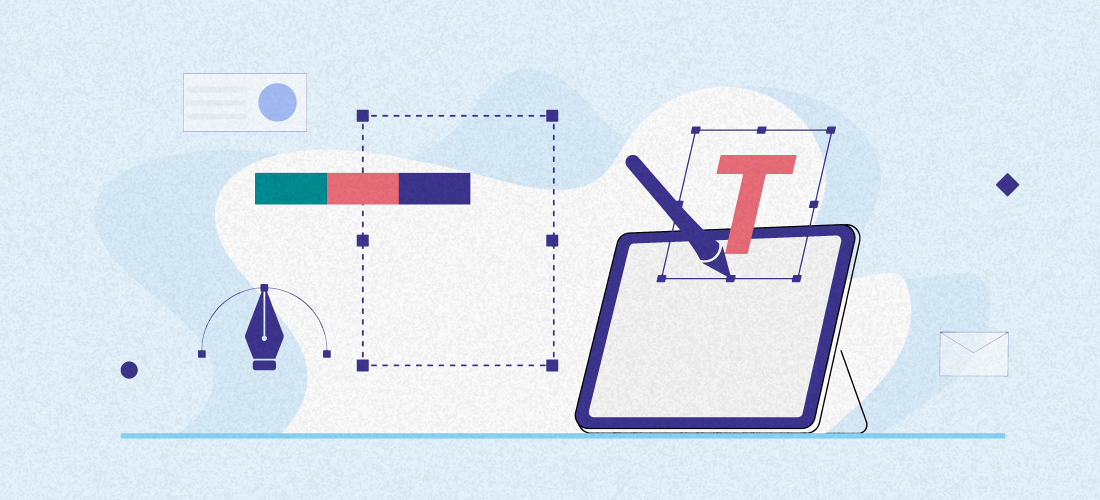
Evolution of Digital Design
Talking about the history of communication, designs have been the oldest form of expression. Even when humans couldn’t speak or write, they communicated with each other and expressed their thoughts by drawing on the cave walls. Since then, designs have been an innate part of us, and when the digital world took over, the desire to design followed us.
The evolution of digital designs has been fairly rapid in the past 25-35 years. We know that Graphic designs have been with us since the early 90’s, but then came User Experience, Customer Experience, and now we are edging towards Human Experience. Here’s a little brief about each one of them.
1) User Experience Designs (UXD)
UX design is the process of designing products (websites and apps) that are useful, easy to use, and delightful to interact with. It’s about enhancing the user journey people go through while interacting with the product.
Example of a good UX product that is interactive and intuitive is LinkedIn. Sure, it is one of the most popular products in the digital world to find jobs and also for companies to find their perfect candidate, but what makes it special is that it guides the users on what they must do next to be more visible and build a better profile. These are the in-depth understanding of user needs that the current UI UX design services should offer.
Another great example of a good UX is Airbnb. The signature pattern of this website is the side-by-side list and map view. It gives the users an opportunity to view prices on a map, and Airbnb provides the one thing that we all like. The ability to effectively assess and analyze properties, all in one picture!
2) Customer Experience Designs (CXD)
A more evolved version of User Experience designs where they want to enhance customer experience by incorporating features in app that can display in-store elements and experiences.
A good example of CXD is the Nest app. Combined with good user experience, it helps the customers in managing their homes, security, and environment. The app includes several functions and allows users to decide the level of automation or control they want. For instance, the app enables you to arm and disarm your home remotely using sensors, algorithms, and your phone’s location.
3) Human Experience Designs (HXD)
As we are shifting more towards creating better product experiences, HXD is the need of the hour.
Human Experience Design delivers an experience that not only fulfills a consumer’s demands but also lets human beings take the centre stage. It touches the entire ecosystem where consumers, employees, and even the environment are taken into consideration.
For example, Swiping is a learned behavior. Thanks to Facebook and Instagram, humans were used to scrolling ever since smartphones became mainstream adoption. But then Tinder came along, and swiping left and right became a behavioral shift, and we all were happy about it. But still, it is a habit that we developed over time.
Human Experience Designs revolve more around creating products that blend with the user’s behavior, and they don’t have to change their daily habits in order to get accustomed to a product.
Let us explain this with an example of the most loved super app. WeChat is the perfect example of a good HXD as it allows humans to order food, call a cab, make payments, and do lots of other things without interrupting their ongoing chat with friends or family.
Another good example is Whatsapp, as it gives the user to mute or unmute the notifications of group chats or personal chats so that they don’t feel overwhelmed or anxious that they need to reply to a text right away. Apart from this, it has a lot of other features like payments and status updates and is also on the path to be developed further.
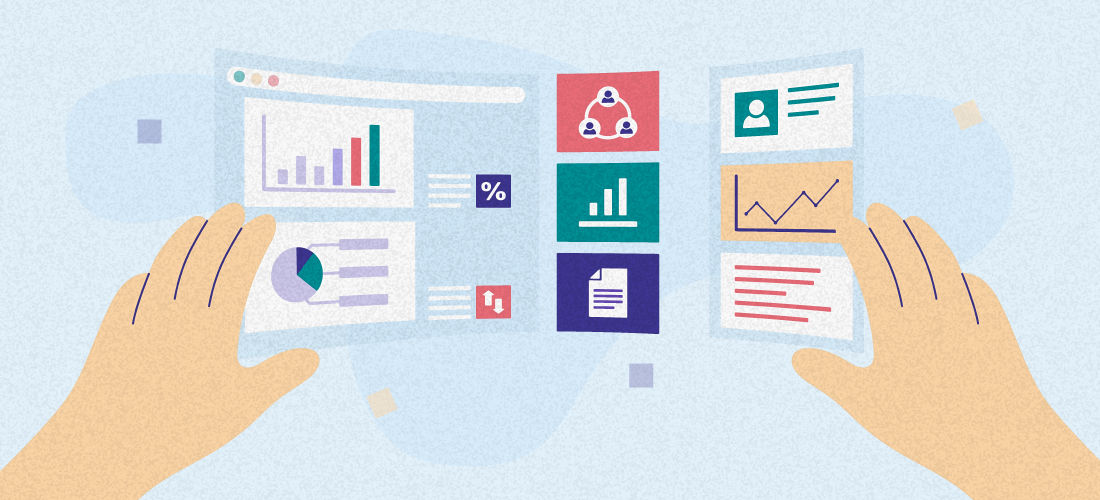
Similarities between UX Design and HX Design
Now that we have understood what UXD, CXD, and HXD stand for individually, let’s talk a bit about how user experience designs and human experience designs go hand-in-hand.
UXD and HXD promote inclusivity. This is why in the initial research, before designing a digital product, the user’s feelings, needs, and problems are kept in mind. Many UI UX design services also strive to make a better product to enhance the user journey within the app and put a little less cognitive load on the humans.
Both UI UX and HX designs are interactive, informative, and intuitive. These designs are more about guiding humans throughout the digital product so that they have a deeper understanding of what the business offers.
Authenticity is another benefit of UX and HX designs. When a user interact with an app or a website, what makes them remember the brand is how seamless their interaction was with the product. Which in turn, increases the brand’s recall value.
Like they say, honesty is the best policy!
What Makes Human Experience Better Than User Experience In Digital Products?
Both in HX and UX, the initial research revolves around the user to understand how to make the user’s journey better while using a particular digital product. However, in Human Experience, these designs are more profound, which makes them more powerful. HX design act like a mirror as they can emote people’s feelings to an extent and humanize digital products.
HXD takes a bit more of work and planning. But it’s worth it because it results in creating a better app experience for more people, allowing your company and your brand to reach a wider audience.
The ultimate UX of a product is HX. It’s the highest experience of what a product, company, brand, or organization can bring to its users. A good HX design can hook every user because, in the end, there’s one thing most people want more than anything: To feel more alive.
Conclusion – New Technologies and HX
So do you see a pattern here? HX is more or less strongly correlated with Digital Humanism – “the concept that people are the central focus in the embodiment of digital businesses”. To get from UX, CX to true HX, we must first stop reducing human beings to their roles as users or consumers.
Human creativity has never been more needed for both designs and customers. But the challenge companies have today is that they need to bring various cross-functional teams to improve their experience in design and technology.
UI UX design services and Human Experience design companies need tools to intelligently help their teams identify emotions and create designs. The environment also plays a significant role. Intelligent tools will be key to helping companies amplify design creativity and the teams can craft more thoughtful human-centered experiences.

